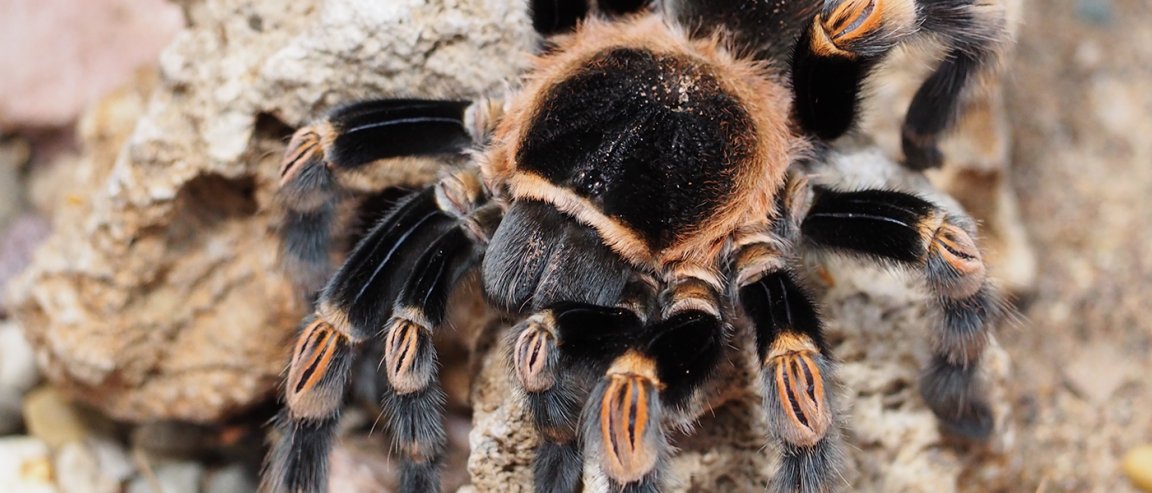
Arachnids
Arachnophobes have a few new reasons to steer clear of Australia—over 50 to be exact.
Scientists from the Queensland Museum have identified over 50 new species of spiders during a two-week expedition in the Australian bush.

This mind-blowing discovery was made on the Cape York Peninsula. In this area are tarantulas the size of dinner plates, arachnids the size of fingernails, ant-eating spiders that can mimic their prey, and miniature jumping spiders.
The diversity of arachnids found can be credited to the regions’ ecological richness and wet season. And, given the success of the study, this research will now lend itself to a better understanding of the Australian bush. This will allow for rangers and scientists to better observe and gain a deeper scientific understanding of arachnid behavior.

“This was one of the largest number of species Bush Blitz has ever discovered during one expedition. Far north Queensland can boast an extraordinary variety of spiders,” the team notes in a press release.
“We’ve undertaken 34 expeditions, but it’s likely this expedition will yield the greatest number of new species discoveries so far.” Bush Blitz manager Jo Harding stated in a press release.
The new discoveries are currently being classified by the team to make sure that none have been previously documented. According to reports, however, it’s possible that 15,000 species of arachnids in Australia have yet to be formally classified—which means that most of these new discoveries are likely completely unknown species.
Discovering Earth
“With over 1,200 new species discovered by Bush Blitz already we are slowly filling gaps in our knowledge of Australia’s biodiversity,” adds Harding.
This extraordinary discovery illustrates just how much we still have left to discover about our own planet. To date, we have only managed to explore a mere five percent of the ocean, and much of its physical, biological, and geological features remain unseen by humans. And, according to studies, the stars, planets, and galaxies that we have so far discovered make up just four percent of the universe—the remaining 96 percent have yet to be seen, much less studied, by astronomers.
Of course, that’s not to say that we won’t ever have the chance to explore the rest of our world and universe. Advances in deep sea and space technology, like the James Webb Space Telescope (JWST), will allow us to one day uncover and bear witness to many more mysterious facets of the universe.
So, while a large part of the Earth and cosmos may be unknown for now, hopefully, it won’t be for very long. And, it is important to note that, consistent new discoveries of biodiversity on our planet are a key component to the progression of species and knowledge. This is true now especially, given new research which reports that biodiversity across the Earth’s surface has now dropped below the “safe” threshold.